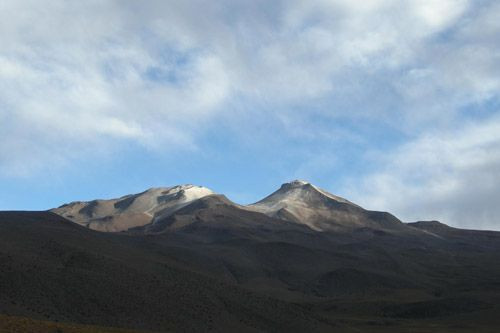Why Do Volcanoes Erupt? Huge Lake Deep Underground In Bolivia Could Help Find The Answer

A large body of water, equal in volume to Lake Superior, has been discovered deep underground in Bolivia under the Cerro Uturuncu volcano. Characterized as an anomaly, the vast magmatic lake — located about 10 miles under the volcano — may help scientists understand better how the presence of water underground can trigger volcanic eruptions.
An international team of researchers, from Canada, France, Germany and the United Kingdom, found the huge lake dissolved in partially molten rock. In simple words, it’s not liquid in the usual sense you would imagine a lake. The temperature is about 970 degrees Celsius (about 1,800 degrees Fahrenheit) and the rock it is dissolved in is between 10 to 20 percent molten, or liquid.
It is hard to picture what a lake like that would look like but that is partly what makes it an anomaly.
Jon Blundy, a professor at the University of Bristol in the U.K. and a co-author of a research paper on the find, said in a statement: “This anomaly has a volume of one-and-a-half million cubic kilometers or more and is characterized by reduced seismic wave speeds and increased electrical conductivity.”
The reduced speed of seismic waves and increased conductivity are not typical behavior for magma, which is what alerted researchers to the possible presence of water under the volcano. They conducted experiments under conditions of high temperature and pressure, and based on their results, concluded that about 8 to 10 percent of the molten silicate was water.
Blundy explained the connection with possible eruptions: “Silicate melt can only dissolve water at high pressure; at lower pressure this water comes out of the solution and forms bubbles. Crucially - these bubbles can drive volcanic eruptions.”
Scientists are now looking for other similar water bodies that may be present under volcanoes, studying which may help them better predict eruptions.
The study, titled “Giant magmatic water reservoirs at mid-crustal depth inferred from electrical conductivity and the growth of the continental crust,” was published in the journal Earth and Planetary Science Letters.
© Copyright IBTimes 2025. All rights reserved.





















